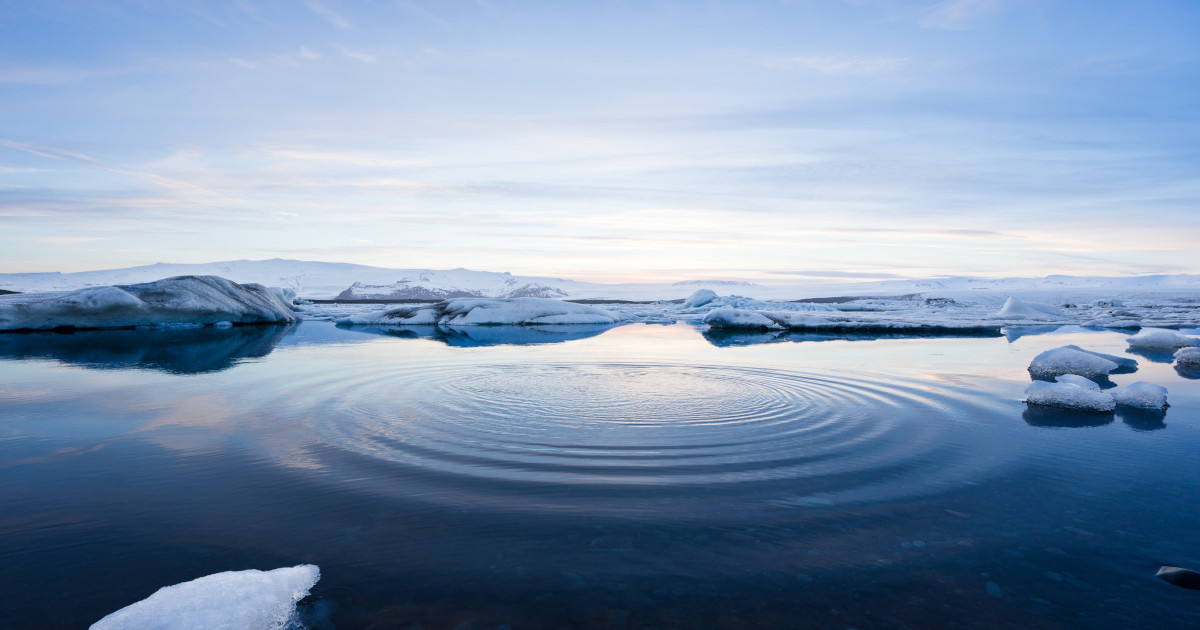The Ice-Ocean Boundary
A special issue of Journal of Marine Science and Engineering (ISSN 2077-1312). This special issue belongs to the section "Physical Oceanography".
Deadline for manuscript submissions: closed (28 February 2023) | Viewed by 50093

Special Issue Editors
Interests: wave modeling and measurement; rogue waves; wave-ice interaction; data assimilation; nearshore processes; sediment transport
Special Issues, Collections and Topics in MDPI journals
Special Issue Information
Dear Colleagues,
As climate change continues to reshape the polar environment, it is increasingly important that we fully understand the range of physical processes by which the ocean and the ice interact and the roles these processes will play in defining the future of the Arctic and Antarctic. Ocean currents and waves exert significant force on surface ice through drag and pressure variations. Fluctuations in temperature and salinity affect sea-ice-associated biota, ocean circulation, and the distribution, rheology, and material properties of the ice. Surface ice insulates the ocean beneath from atmospheric processes like solar radiation and wind forcing. The ice-ocean boundary is the primary interface at which these phenomena can be measured and modeled, and yet much about it remains unknown.
In this Special Issue, we welcome contributions from a broad range of theoretical, modeling, field and laboratory research into processes that affect the ice-ocean boundary region, including but not limited to:
- Theoretical or numerical representations of boundary layers associated with currents and/or waves at the ice-ocean interface
- Theory/modeling of shear and form drag on ice
- Field or lab measurements of ice-ocean boundary processes
- Lagrangian drift of sea ice forced by waves
- Temperature and salinity exchanges between ice and ocean
- The effects of algae, plankton, and other cold region biota on sea ice material properties and the boundary layer
- The role of sea ice as a mediating buffer between the atmosphere and ocean
- Alternative representations of surface ice and its boundary processes (e.g., viscous or viscoelastic layer, discrete element modeling, thin elastic plates)
Dr. Mark D. Orzech
Dr. Jie Yu
Guest Editors
Manuscript Submission Information
Manuscripts should be submitted online at www.mdpi.com by registering and logging in to this website. Once you are registered, click here to go to the submission form. Manuscripts can be submitted until the deadline. All submissions that pass pre-check are peer-reviewed. Accepted papers will be published continuously in the journal (as soon as accepted) and will be listed together on the special issue website. Research articles, review articles as well as short communications are invited. For planned papers, a title and short abstract (about 250 words) can be sent to the Editorial Office for assessment.
Submitted manuscripts should not have been published previously, nor be under consideration for publication elsewhere (except conference proceedings papers). All manuscripts are thoroughly refereed through a single-blind peer-review process. A guide for authors and other relevant information for submission of manuscripts is available on the Instructions for Authors page. Journal of Marine Science and Engineering is an international peer-reviewed open access monthly journal published by MDPI.
Please visit the Instructions for Authors page before submitting a manuscript. The Article Processing Charge (APC) for publication in this open access journal is 2600 CHF (Swiss Francs). Submitted papers should be well formatted and use good English. Authors may use MDPI's English editing service prior to publication or during author revisions.
Keywords
- Sea ice
- Polar regions (Arctic & Antarctic)
- Ice-ocean drag force
- Wave-ice interaction
- Boundary-layer processes
- Lagrangian drift
- Climate change
- Sea-ice biota
- Ocean temperature and salinity
- Ocean currents and circulation
- Marginal ice zone
- Field and lab measurements.
Benefits of Publishing in a Special Issue
- Ease of navigation: Grouping papers by topic helps scholars navigate broad scope journals more efficiently.
- Greater discoverability: Special Issues support the reach and impact of scientific research. Articles in Special Issues are more discoverable and cited more frequently.
- Expansion of research network: Special Issues facilitate connections among authors, fostering scientific collaborations.
- External promotion: Articles in Special Issues are often promoted through the journal's social media, increasing their visibility.
- Reprint: MDPI Books provides the opportunity to republish successful Special Issues in book format, both online and in print.
Further information on MDPI's Special Issue policies can be found here.






